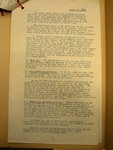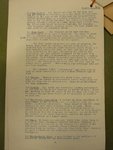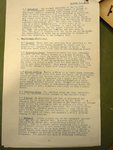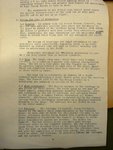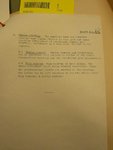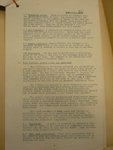Lighthunmust
Banned
It seems data is consistent through war you could build 109 1/3 time of a Spitfire. In 1944 or 1940.. Hawker Hurricane, in 2/3 time. Anyone has figures for Hawker Typhoon or 190? I believe it was more or less meant replacement of Spitfire/109.
Your data can be consistent and still result in the wrong conclusions. Your conclusions from your data can be accurate but wrong. Garbage in = Garbage out. Any complex issue can be explained by a simple, easy to understand, rational, data supported explanation and be completely wrong. People spent thousands of year using brilliant logic, reason, and flawed data to prove the Sun revolved around the Earth. Check your data very closely to determine methodology of collection before disregarding what common sense is telling you. I don't think you can build a 109 in one third the time of a Spit.

